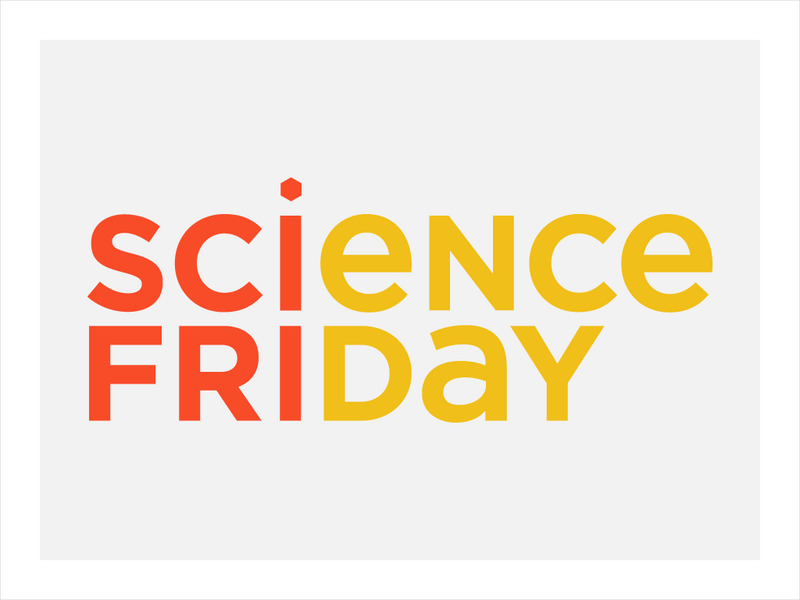Hi, what do you want to do?
Scholastic
Study Jams! Heat
Raise the temperature in your class with this hot film! Cartoon teens discuss thermal energy, the conservation and transfer of energy, three methods of heat transfer, conductors, and insulators. The publisher effectively packed every...
Steve Spangler Science
Steve Spangler on The Ellen Show February 2008
A lot goes on during this visit to the Ellen DeGeneres show. During the first segment, Spangler demonstrates the ability of the human body to act as a conductor of electricity and he shows the clean burning properties of hydrogen and...
Curated OER
STEMbite: Heat Transfer
Convection, conduction, and radiation are the three methods of heat transfer. Introduce them to your physical science students by showing this video. The emcee shows where each of these play a role in his kitchen and explains a bit about...
Learning Games Lab
Properties of Soil
How do the different types of soil allow water to flow? Scholars compare flocculated and dispersed soils and their ability to move water through the soil. Silt, sand, and clay particles clump together and create large pores in the soil...
Crash Course
Electrical Power, Conductors, and Your Dream Home: Crash Course Engineering #21
Have young engineers always wondered how a light bulb works? Now's their chance. Viewers of an illuminating YouTube video learn about electric current, conductivity, and resistance. They see how engineers use low-conductivity conductors...
Physics Girl
DIY Lightning Experiment! Make a Shocking Capacitor
If you need a project to add a little spark to your physics class, why not build a capacitor? A video from a larger physics playlist demonstrates how a capacitor works and how to make one from easily sourced materials. As an added bonus,...
Veritasium
Ice Cutting Experiment - Introduction
Race copper and fishing line through a block of ice. After establishing the effect of pressure on melting points, the instructor experiments with two different substances. Ultimately, the better conductor melts the ice faster.
Veritasium
What's In A Candle Flame?
A candle flame is a good conductor of electricity. An engaging video lesson demonstrates this phenomenon with an experiment. Following the experiment, the instructor explains the science and provides additional evidence to reinforce the...
Veritasium
Misconceptions About Heat
How do you dispel misconceptions about heat? Bake a cake! Using an infrared thermometer, the narrator discloses heat's true nature to unsuspecting beach-goers, as well as to his mother. Our sense of touch misleads us into measuring heat...
Veritasium
Misconceptions About Temperature
Do we actually feel temperature? Examine the relationship between what we feel and what is actually taking place in a video about temperature misconceptions. The narrator asks random passersby to feel different objects, then has them...
Fuse School
Giant Chemical Structures - Part 2
This lesson's gonna be huge! The fifth of a six-part series discusses the formidable lattices created by ionic compounds, as well as bonding in metallic elements. Chemistry scholars learn the properties of both types of substances and...
Fuse School
Giant Chemical Structures - Part 1
Get them thinking big about chemistry! Young chemists learn about the large and elaborate structures created through covalent bonding in the fourth of a six-part video series regarding elements, mixtures, and compounds. The video covers...
Crash Course Kids
The Science of Lunch
Extend your class's observation skills with a video about additional properties of matter. The video covers the ways an item can be altered, including its hardness, malleability, conductivity, and magnetism as...
Curated OER
Electroscope Experiment: Opposites Attract, Likes Repel
Have your young scientists create electroscopes and conduct an experiment using various types of materials (some conductors, some insulators). What happens to the electroscope when each object is passed through its plastic pieces?
Curated OER
How a Jet Engine Works
Through animation, see how a jet engine works. By forcing air out at a higher speed, an object such as an airplane is thrust forward. See the advantages and disadvantages of this design. Your physics class will gain appreciation for the...
Curated OER
Electricity and Circuits
A sleepy-sounding narrator explains how batteries and circuits work. Simple computer animations display the movement of electrons through parallel and series circuits. Since the narrator speaks slowly and clearly, and the animations are...
PBS
Pbs Learning Media: Exploring Conductivity: Kid Circuits
In this video segment adapted from ZOOM, cast members join hands and become electron conductors to complete an electric circuit. [3:32]
Science Friday Initiative
Science Friday: Celebrating the Superconductor, as It Turns 100
Since their discovery, superconductors have been used for particle physics, mag-lev trains and MRIs. Physicist David Cardwell discusses their use for applications as diverse as particle physics experiments and magnetic resonance imaging.
Bozeman Science
Bozeman Science: Resistivity
Paul Andersen explains how the resistivity of a material opposes the flow of charge. [4:22]
Crash Course
Crash Course Kids 15.2: The Science of Lunch
Even an empty lunch sack is useful to science. You can examine it and come up with some traits. In this episode, Sabrina chats about things like malleability, hardness, conductivity, and magnetism. And all with lunch!
University of Virginia
Uva Virtual Lab: Electrometer
Movement of electricity or heat through an object is conduction. Observe how objects charge through conduction based on the findings of the electrometer.
Khan Academy
Khan Academy: Intuition Behind Formula for Thermal Conductivity
Intuition behind formula for thermal conductivity. [6:19]
Khan Academy
Khan Academy: Resistivity and Conductivity
This article from Khan Academy provides information about the properties of materials that cause a resistor to resist the flow of current. This information is intended for high school physics students.



























